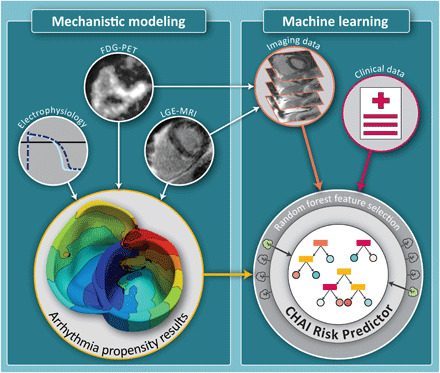Fig. 1. The multivariable CHAI Risk Predictor synergistically combines mechanistic modeling and ML.

In the first step (left), LGE-MRI and FDG-PET images are used, together with electrophysiological data, to create personalized MRI-PET fusion models. Mechanistic computational modeling of cardiac electrical function is performed to investigate the arrhythmia propensity of the CS patient’s heart. In the second step (right), a supervised ML algorithm is trained and optimized to predict the risk of SCD due to ventricular arrhythmia using features selected by a random forest algorithm from three types of inputs: (i) features characterizing the patient’s arrhythmogenic propensity extracted from the results of mechanistic simulations (yellow arrow), (ii) features extracted from clinical images characterizing heterogeneity in disease remodeling in the patient’s ventricles (orange arrow), and (iii) baseline patient data (red arrow).
